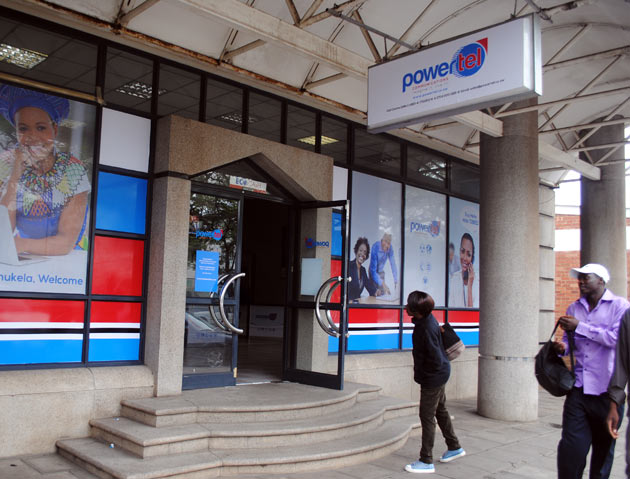Bridging Africa’s US$402billion financing gap is possible — ATAF
THE African Tax Administration Forum (ATAF) says bridging the estimated US$402 billion development financing gap in the continent is possible through concerted efforts that enhance domestic resource mobilisation (DRM) capacities of regional countries including embracing technology and digital solutions to improve effectiveness and efficiency of tax administration.
Tackling illicit financial flows (IFFs), and enhancing productivity in Africa while promoting robust intra-African investment are also critical in transforming the continent’s economy, ATAF executive secretary, Mr Logan Wort, has said.
He was speaking on Tuesday in Kigali, Rwanda, in official remarks at the ongoing ATAF Annual General Meeting, which is being attended by regional and global tax experts, policymakers and stakeholders.
This year’s Annual General Meeting theme is: “Preparing for the future: Revenue administration in a dynamic global landscape,” and provides delegates opportunity to reflect, discuss, and agree on practical strategies that tax administrators should embrace as they adapt to challenges and opportunities of the digital age and the emerging global issues.
The meeting has also emphasised the need to address the debt crisis in many African countries amid rising geopolitical conflicts and tensions, changing political landscape, and considerations for enhancing equality and fairness in the tax system.
Also at the heart of discussions is the need to promote gender equality, climate, and environmental considerations, as well as the shift in the global tax governance with the United Nations now playing a more central role.
“These pertinent discussions are coming at a time when it is clear that the continent faces a significant financing gap to achieve the UN Sustainable Development Goals and the African Agenda 2063,” said Mr Wort.
“According to the United Nations 2024 Report on Financing for Sustainable Development, the financing gap for developing countries has increased to about US$4,0 trillion every year.
Further, the African Economic Outlook, 2024 report, by the African Development Bank, the annual financing gap for African countries is estimated to be $402,2 billion.”
Given these challenges, he said ATAF continues to invest heavily in how to address these, with special attention on the enhancement of DRM and addressing IFF.
“It is evident that we need to work together to enhance domestic resource mobilisation of African countries if Africa is to meaningfully finance its social economic development,” said Mr Wort.
“We are convinced that embracing technology and digital solutions in tax administrations is central to the attainment of this objective.
“This, together with targeted strategies for tax base expansion, effective use of exchange of information and tax transparency, sustained capacity building on transfer pricing and international tax, effective taxation of the digital economy, exploring new taxing opportunities such as environmental and climate issues, health and tobacco taxes, should assist African countries to enhance tax-to-GDP ratio in the coming years.”
Mr Wort said ATAF was ready to work closely with the other Pan-African organisations to advocate for more effective and sustainable ways for financing development during the 4th Financing for Development Conference in 2025.-chronicle











